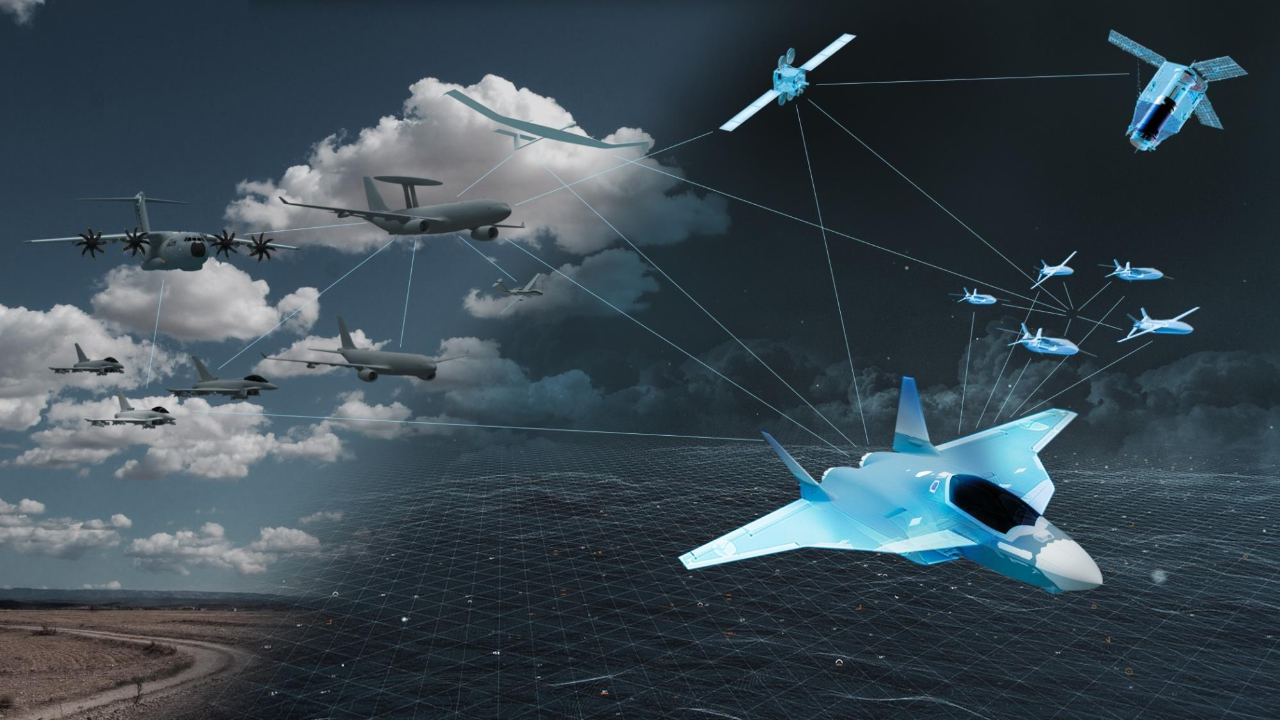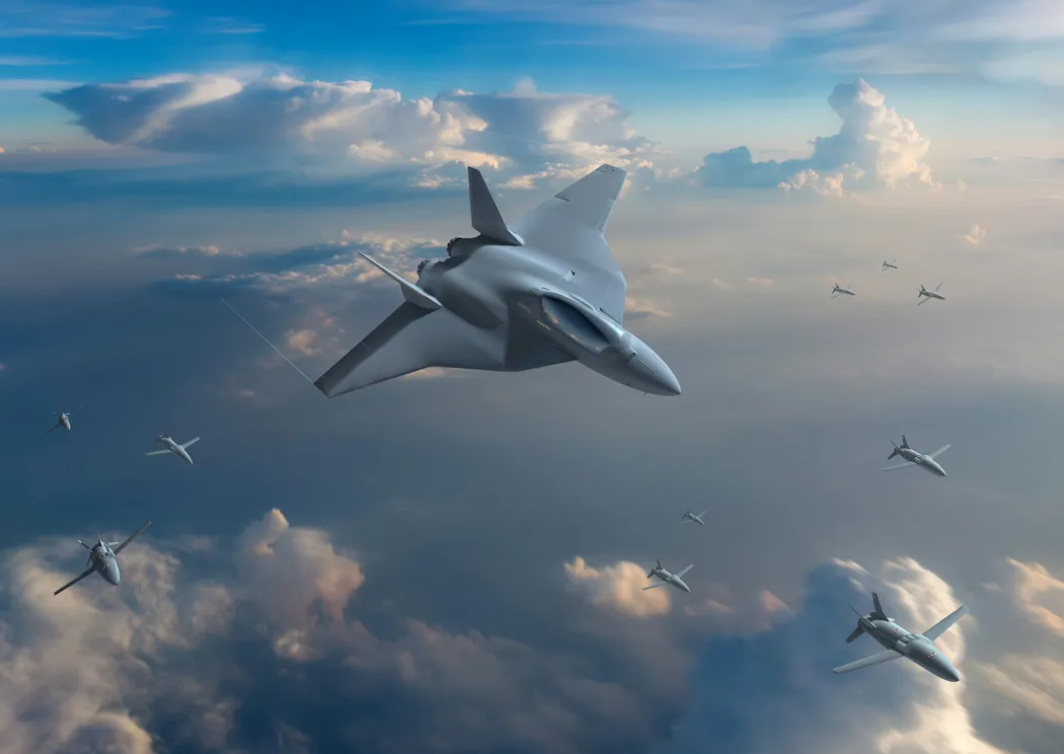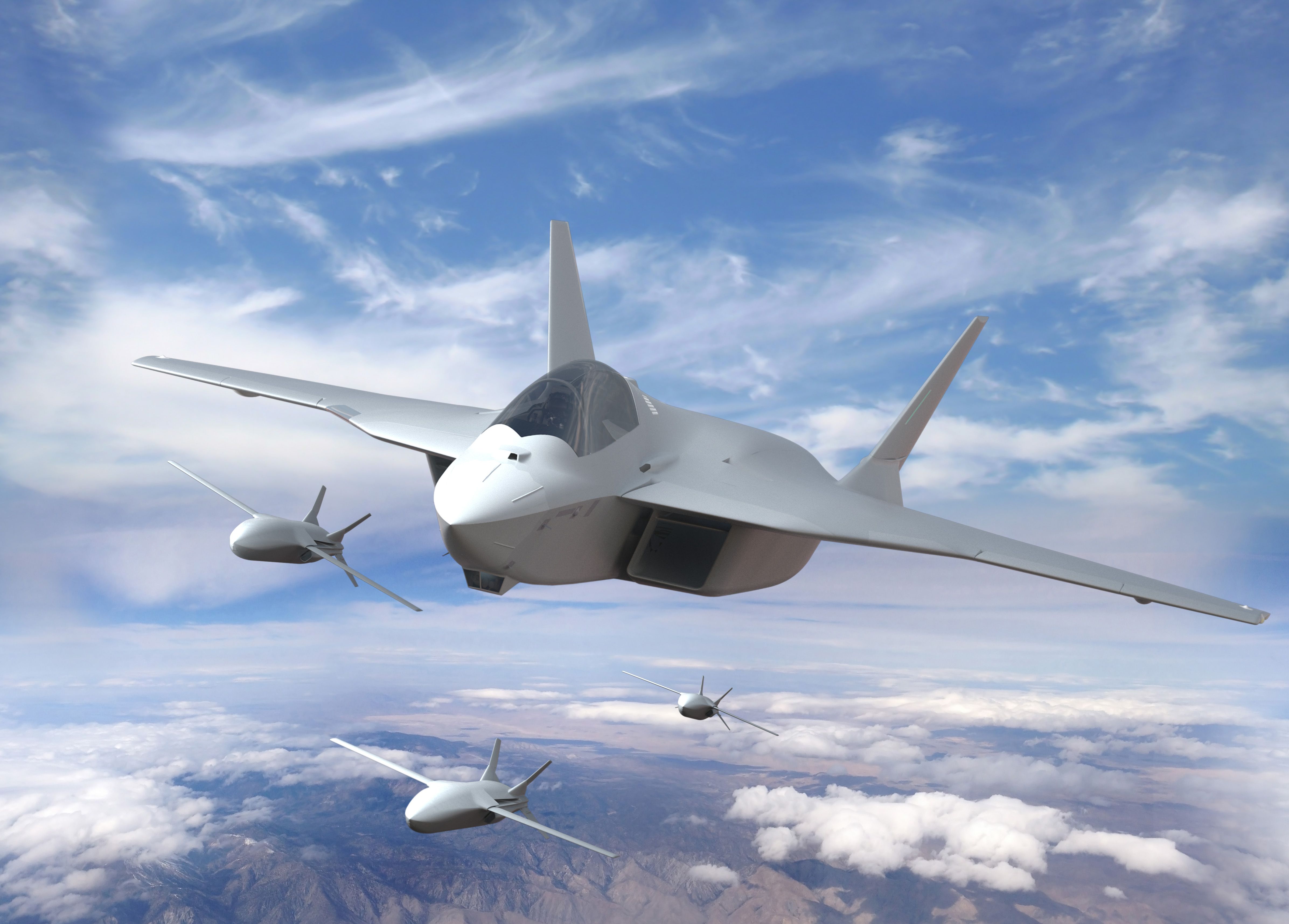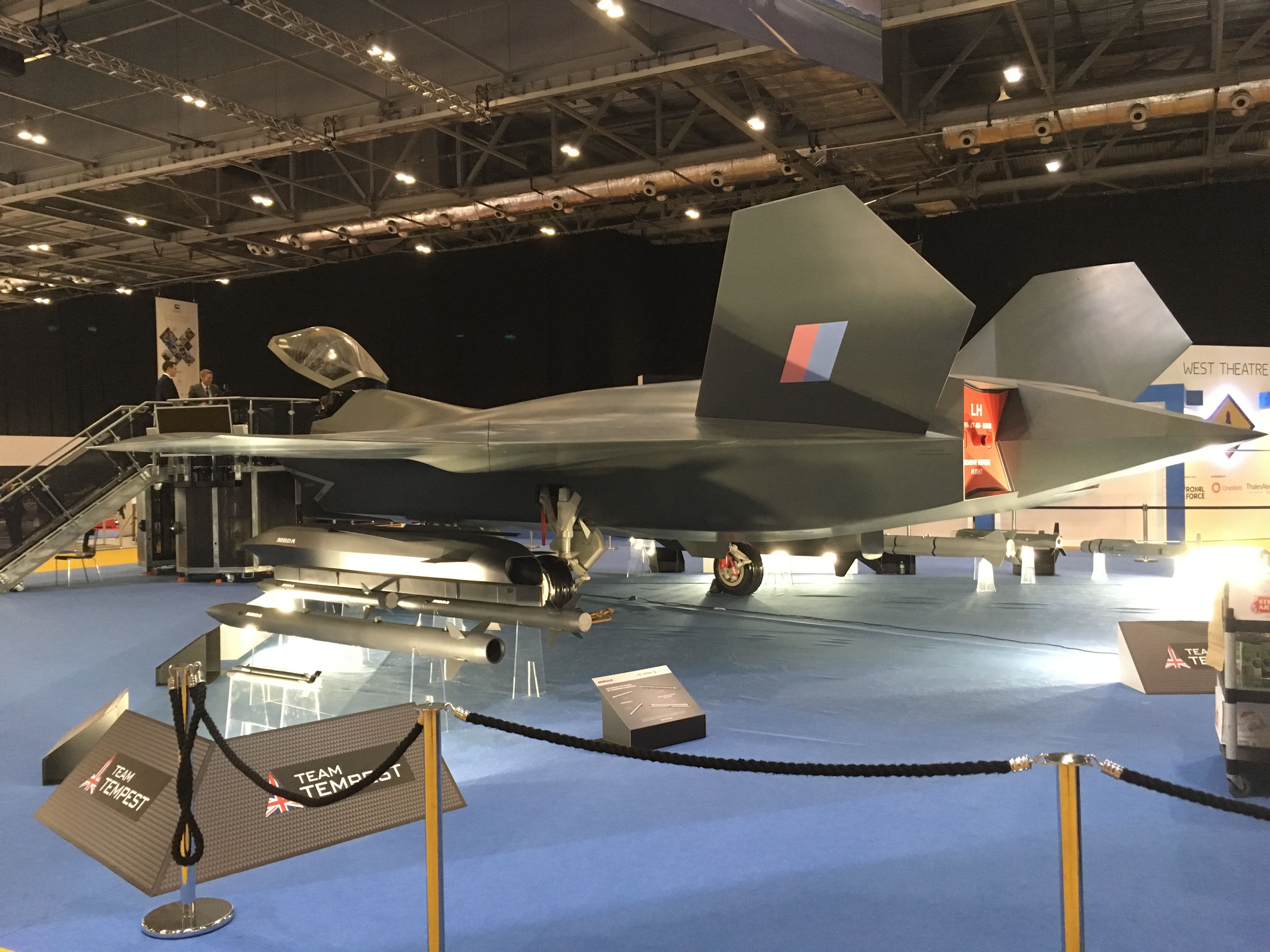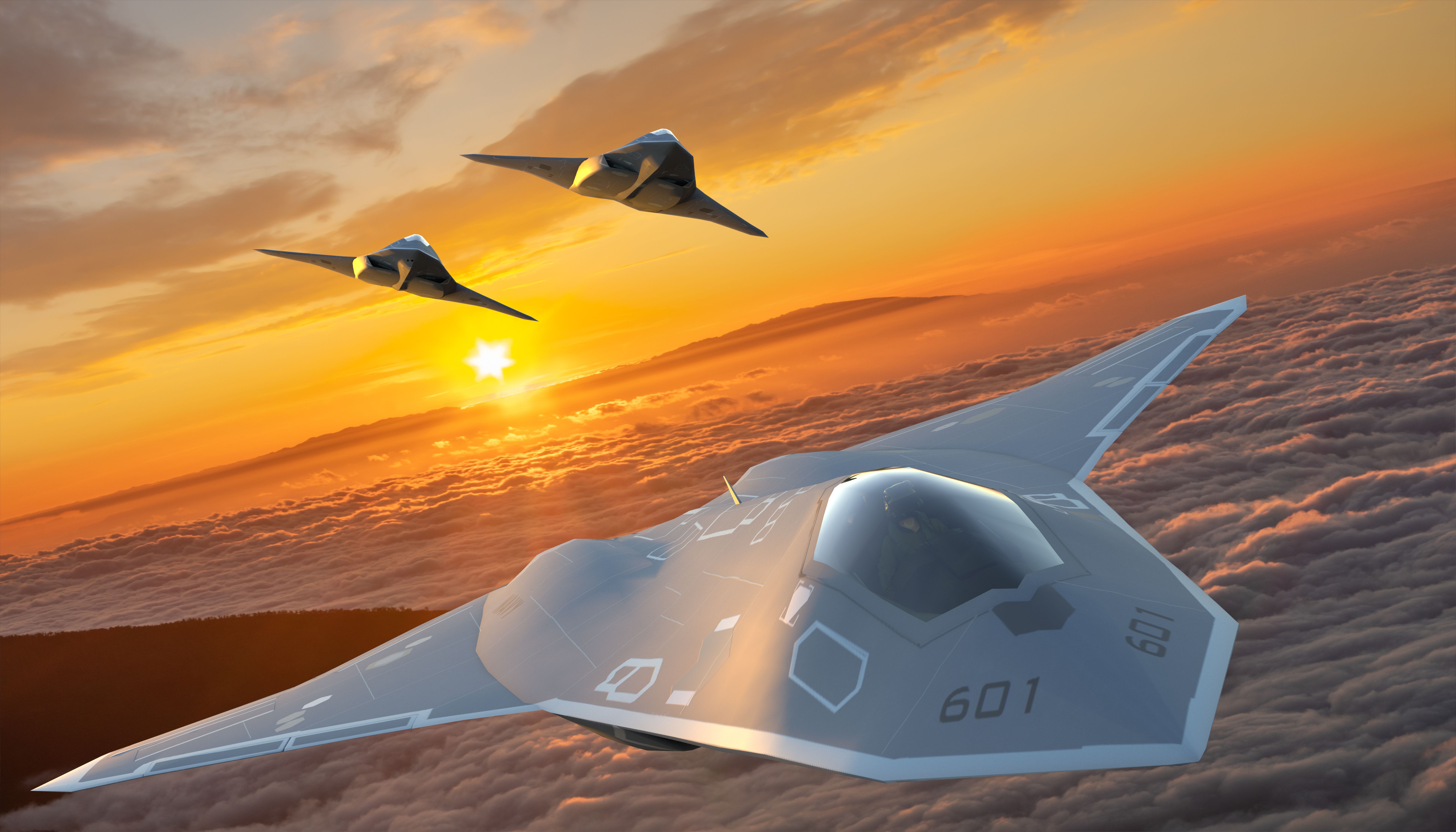Summary
- Airbus partners with NeuralAgent for AI-driven development
- Airbus aims to create a 6th-gen fighter jet with advanced AI
- The Future Combat Air System is projected to enter service by 2040 or later.
Airbus Defence and Space has announced it is partnering with NeuralAgent (an AI start-up company) to help develop the Future Combat Air System (FCAS). The FCAS is the Franco-Spanish-German project to develop an advanced sixth-generation fighter jet. This comes as Airbus is working to develop the “Wingman” drone to complement Germany’s 4.5th-generation Eurofighters until the FCAS comes into service in 2040 or beyond.
Airbus teams with NeuralAgent for 6th-gen fighter
Airbus has announced that it is partnering with NerualAgent to help develop Europe’s next-generation fighter jet. Airbus says, the program includes “cutting-edge artificial intelligence.” The Air Combat Cloud, at the heart of the complex system, is envisioned to enable the platforms to work with other existing platforms, such as the A330 MRTT tanker and A400M transport.
According to a statement, the partnership “focuses on bridging the innovation gap with an AI-defined, non-jammable, resilient, and self-organizing network and system architectures in the air, on the ground or in space.” The publication notes that Airbus will be able to take advantage of “NeuralAgent’s cutting-edge decentralized AI technology.”
Dr. Onur Deniz, CEO of NeuralAgent said of the new partnership, “This contract is a pivotal achievement for NeuralAgent as it allows us to not only redefine the future of AI-defined Secure and Resilient Networks through our foundational AI-Agent Models but also extends our reach into dual-use cases for commercial industries from space to ground, supporting scalable innovation across the EU.”
“NeuralAgent is working to develop software that can be deployed in a wide variety of applications, from IloT to telecommunications. NerualAgent and Airs Central Research and Technoloyg will explore the use of AI and Machine Learning techniques in future communication architectures as they relate to aircraft, satellites, and high altitude platforms.” NeuralAgent
Airbus acclaimed NeuralAgent as a “disruptive AI start-up.” Airbus states, “This partnership between Airbus and NeuralAgent will contribute to the FCAS’ Combat Cloud as part of the global phase 1B contract.” Separately, Airbus states, “This represents a milestone in the development of high technology in Europe, using elements such as artificial intelligence, big data analytics, crypto components, and human-machine interaction.”
Photo: Airbus
NeuralAgent was only founded in 2021 and according to its website, it is supported by the European Space Agency (ESA).
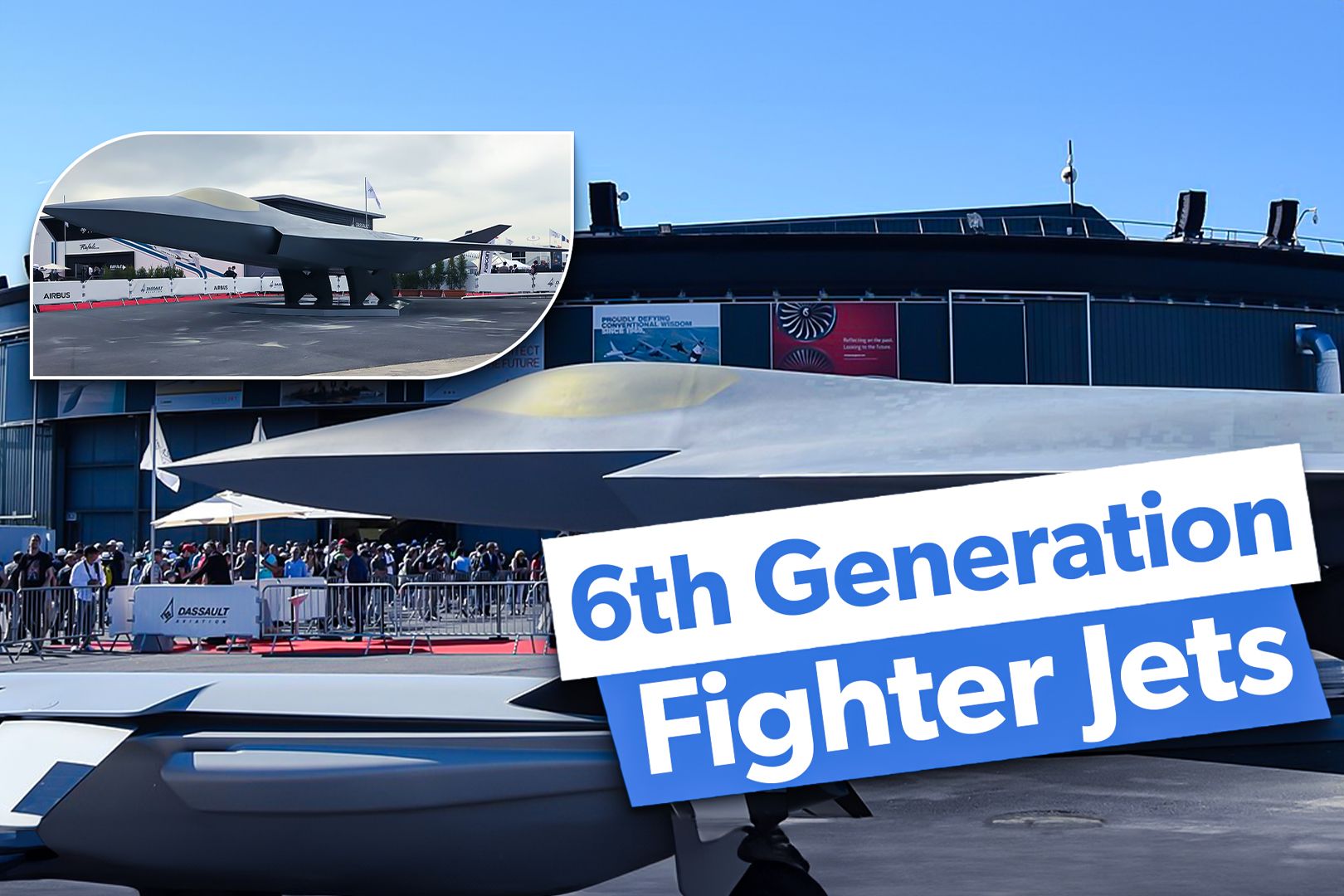
Related
6 Nations Working On 6th Generation Fighter Jets
Very little is known about sixth-generation combat capabilities.
Future Combat Air System: a European 6th-gen fighter
The futuristic six-generation fighter jets of tomorrow arguably have more in common with a supercomputer than with an old WW1-era fighter. Sixth-gen fighter jets and their drones will be connected to other systems in “space, in the air, on the ground, at sea and in cyberspace via a data cloud called the ‘Combat Cloud.'”
Going it alone and developing 6th-generation fighters independently is beyond the capability of almost any country other than the United States (and possibly China and Russia down the road). This means many of the world’s sixth-generation fighters are international collaborations.
Curiously, neither France nor Germany is developing or procuring 5th-generation fighter jets. Instead, they plan to replace their 4.5-generation Rafales and Eurofighters with 6th-generation aircraft skipping an entire generation.
Like the US Air Force’s sixth-gen NGAD counterpart, the Airbus FCAS will be a “system of systems.” At the core will be a sixth-gen manned fighter jet that will work with Unmanned Remote Carriers (aka loyal wingmen drones called Collaborative Combat Aircraft in the NGAD program).
The Airbus FCAS is one of the largest, most important, and most ambitious European defense projects in development. Sixth-generation fighters will give the pilots and air force an unprecedented level of awareness and the fighter jet will act like a highly advanced and stealthy command center.
It is unclear how many of the manned FACS fighter jets will be procured, but all 6th-gen manned fighters will likely be procured in low numbers. For reference, it is reported that the US Air Force will procure around 200 manned NGAD fighters and 1,000 wingman drones (these numbers are subject to change). By comparison, the Air Force stated it plans to acquire 1,763 5th-gen F-35As while several thousand 4th-gen F-16s were procured.
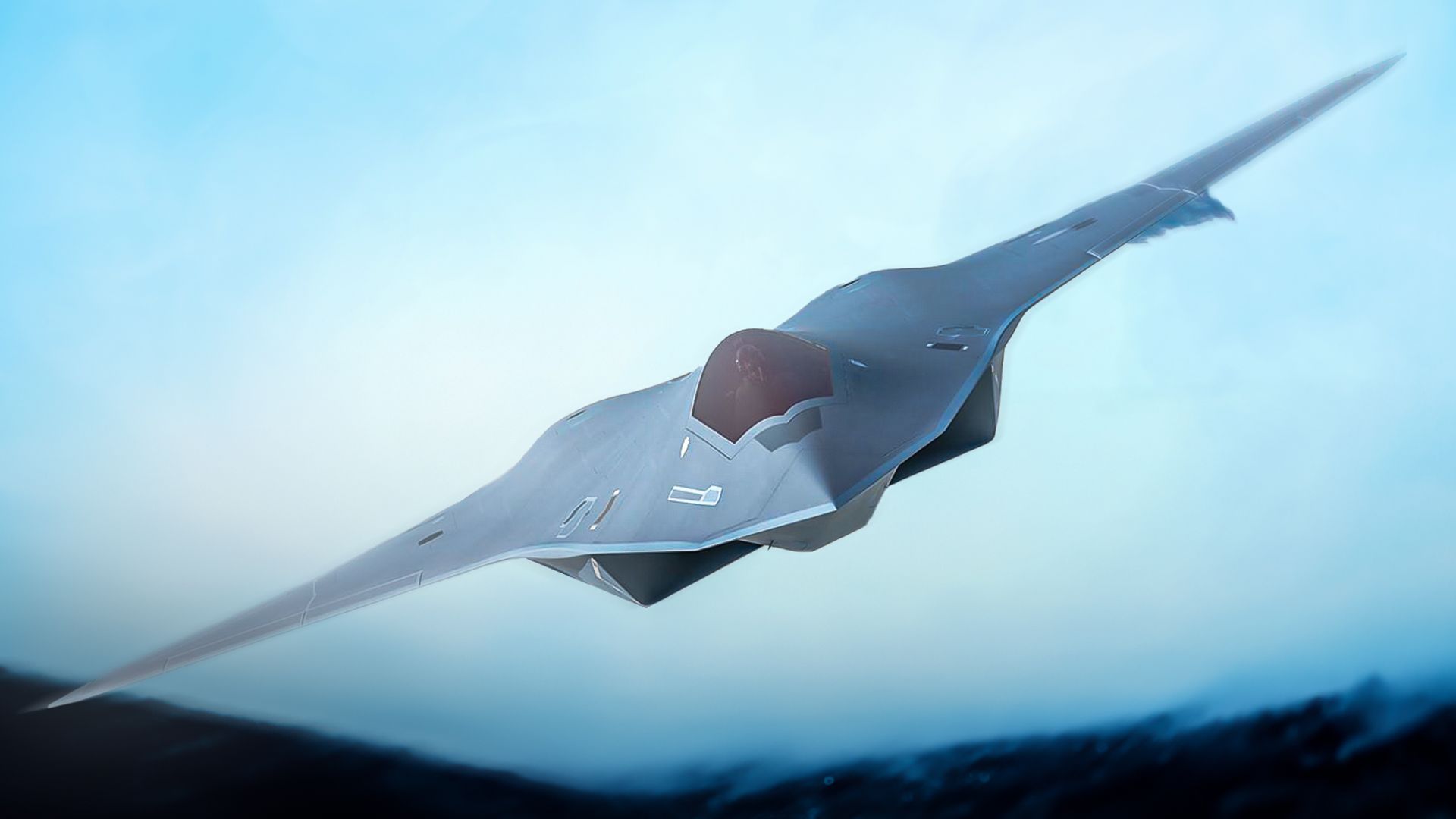
Related
How Much Does It Cost To Develop US Air Force 6th Generation Fighter Jets?
An individual NGAD fighter is expected to cost hundreds of millions of dollars dwarfing the cost of an F-35.
Projected development of 6th-gen European fighter
FCAS Phase 1B Development work is now underway at Friedrichshafen at the Airbus site. Phase 1B will be followed by Phase 2, which is planned to culminate with a flight demonstration of the advanced Combat Cloud by around 2028. Airbus says that the New Generation Fighter and Remote Carrier demonstrators connected to the Combat Cloud are planned to fly in 2028/2029.
Airbus says FCAS will “achieve full collaborative combat by 2040,” although some outside commentators point to the disagreements between Germany and France delaying the project and say it is likely to arrive later. For reference, the US Air Force NGAD is planned to enter service around 2030, the Anglo-Japanese-Italian BAE Tempest in around 2035, and the US Navy F/A-XX sometime in the 2030s.
Photo: Mike Mareen | Shutterstock
The Airbus Future Combat Air System is one of two sixth-generation fighter jets being developed in Europe. The other is the BAE Tempest or Global Combat Air System, which was developed by the British, Japanese, Swedes, and Italians. The BAE Tempest is generally seen as further along in the development cycle than the Airbus FCAS.
As a side note, there seems to be a chronic shortage of sixth-generation acronyms in the industry. The British project is also sometimes confusingly called the “Future Combat Air System” or FCAS, while the USA Navy’s program is actually called “Next Generation Air Dominance” or NGAD just like the Air Force fighter (but it’s generally called F/A-XX to prevent confusion).

